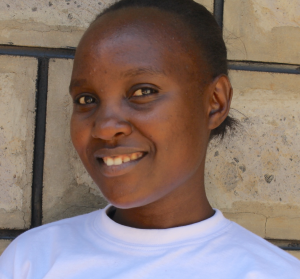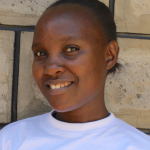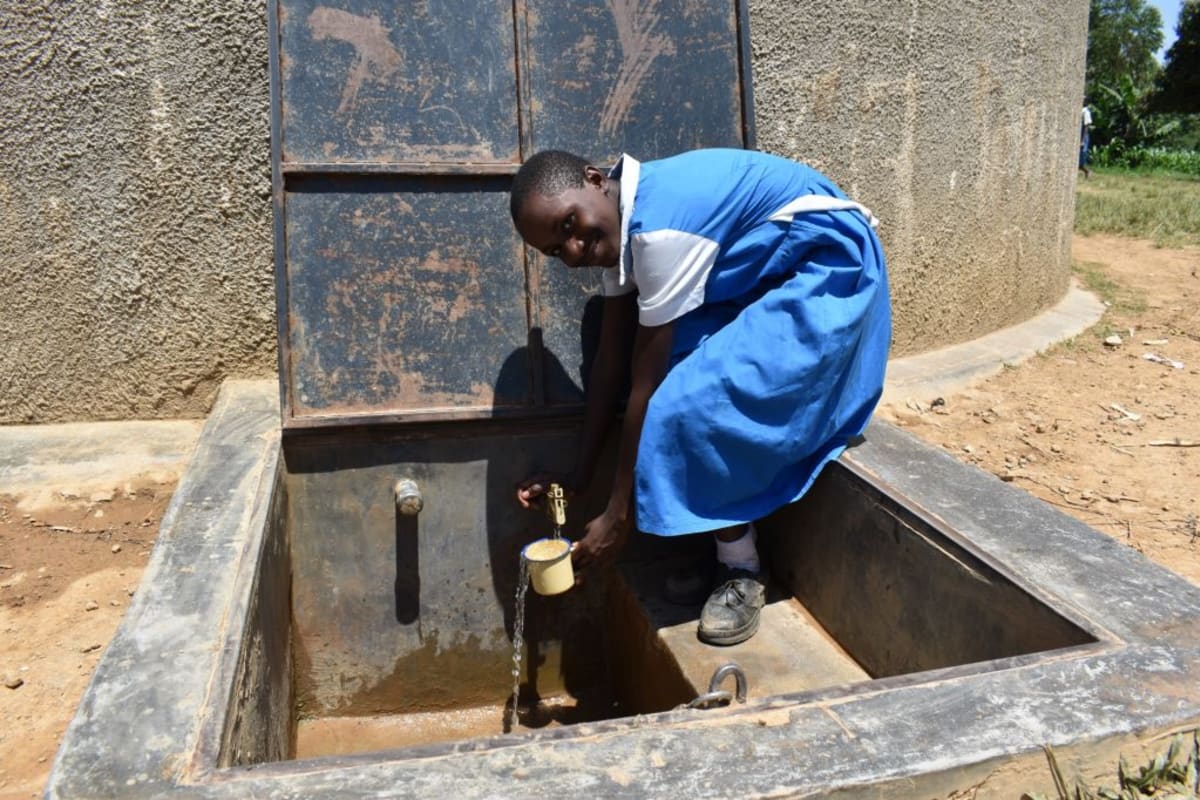Please note, original photos were taken before the pandemic.
There is no peace at Jamulongoji Primary School, and it is all water's fault. Or rather, its lack thereof.
Every day, the 480 pupils arrive in the morning with jerrycans of various sizes which are inspected for cleanliness before they are sent to fetch water from a spring in the community. The younger children are encouraged to bring smaller jerrycans so that they would do not strain so much trying to carry the water. These trips are tiresome and time-consuming, and they waste most of the morning remedial learning and sometimes the first lesson. Later, the pupils are also required to bring water back to school after lunch. This is the only way the entire student body plus the 18 teachers and staff get water for all of their drinking, cooking, and cleaning needs.
The spring pupils go to is located on a steep slope. During the rainy seasons, the pathway to the spring becomes very slippery and the pupils often fall and hurt themselves. Once at the spring, the unrest continues.
"As the Deputy Head Master, my mandate is to deal with cases concerning students. I never get a break in my office because the pupils often come to complain about how someone injured them or broke their jerrycan as they were scrambling for water at the spring. Some complain of stolen jerrycans because they look alike and are stored at a central place," explained Mr. Andrew Lung'aho.
"Apart from the pupils, the neighboring communities also come to my office to complain that the pupils become disrespectful to them at the spring because both the pupils and the community feel that they have the right to be given first priority. I just need a break to focus on other administrative duties that would help to improve the school's performance."
The sanitation and hygiene situation in this school is wanting as well. The latrines in use are on the verge of collapse, and they are not cleaned thoroughly or frequently due to the water shortage. Handwashing is being sacrificed too.
"As an administrator, I'm concerned about the hygiene and sanitation situation of the school. We have very few latrines which get dirty by 10:00 am and yet they cannot be frequently cleaned due to the lack of enough water. We used to have leaky tins [for handwashing] but we couldn't sustain them because they needed constant refilling," said Head Teacher Mr. Ben Magunga.
What We Can Do:
Rain Tank
A 75,000-liter rainwater catchment tank will help alleviate the water crisis at this school. The school will help collect the needed construction materials such as sand, bricks, rocks, and water for mixing cement. We will complement their materials by providing an expert team of artisans, tools, hardware, and the guttering system. Once finished, this tank will begin catching rainfall that will be used by the school’s students and staff for drinking, handwashing, cooking, cleaning, and much more.
We and the school strongly believe that all of these components will work together to improve standards at this school, which will help lead to better student academic performance and will help to unlock the potential for these students to live better, healthier lives.
Handwashing Stations
There are some leaky tins that were once used for handwashing at this school, but without water or soap, they have been nonfunctional for a while now.
The student health club will oversee the 2 new handwashing stations we will provide, and make sure they are kept clean and in working condition. The club leaders will fill the handwashing stations with water daily and make sure they are always supplied with a cleaning agent such as soap or ash.
VIP Latrines
2 triple-door latrine blocks will be constructed with local materials that the school will help gather. 3 doors will serve the girls while the other 3 will serve the boys. All of these new latrines will have cement floors that are designed to be easy to use and to clean. And with a rain tank right on school property, there should be enough water to keep them clean.
Training on Health, Hygiene, COVID-19, and More
All primary and secondary schools are currently closed in Kenya due to the COVID-19 pandemic, but they are scheduled to reopen in January 2021. Once classes resume, we will schedule a training session with students, teachers, and parents. This intensive training will cover a wide range of topics including COVID-19 symptoms, transmission routes, and prevention; personal and environmental hygiene; and the operation and maintenance of the rain tank, latrines, and handwashing stations. There will be a special emphasis on handwashing.
Our team of facilitators will use a variety of methods to train, including participatory hygiene and sanitation transformation, and asset-based community development. We will initiate a student health club, which will prepare students to lead other pupils into healthy habits at school and at home. We will also lead lectures, group discussions, and provide illustrative handouts to teach health topics and ways to promote good hygiene practices within the school including handwashing and water treatment. We will then conduct a series of follow-up trainings before transitioning to our regularly scheduled support visits throughout the year.

 Rainwater Catchment
Rainwater Catchment
 Rehabilitation Project
Rehabilitation Project













































